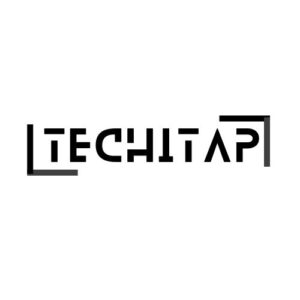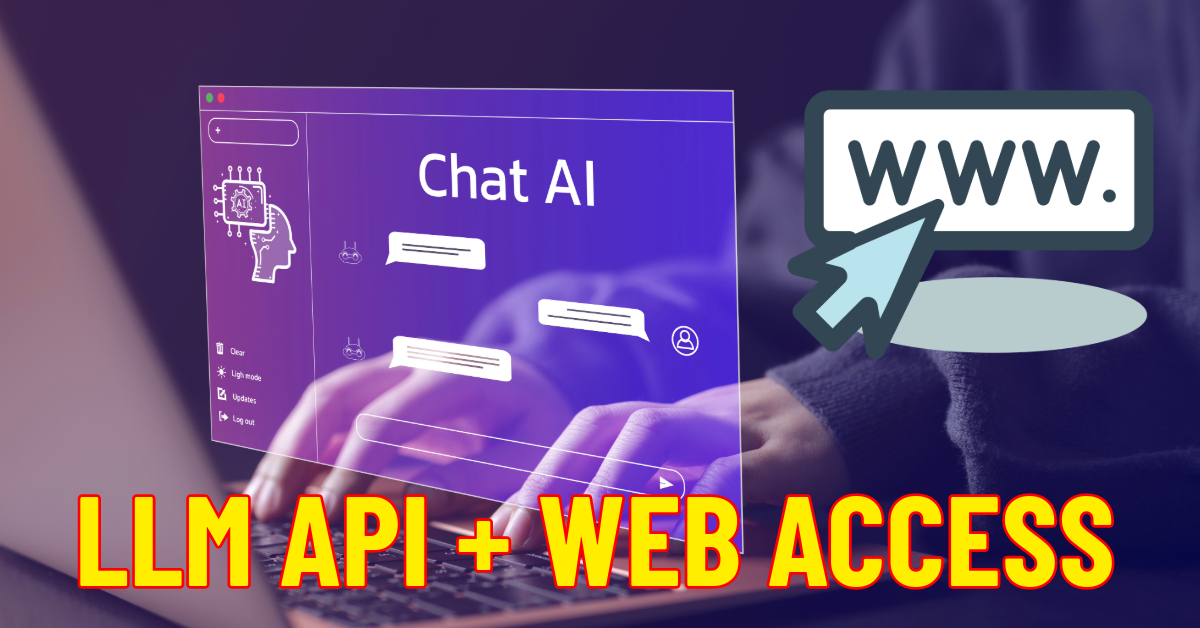What is GPT?
GPT stands for Generative Pre-trained Transformer. It is a family of large language models developed by OpenAI that use deep learning and transformer neural network architecture to generate human-like text.
Key Capabilities
- Generating contextually relevant, high-quality text that mimics human writing
- Engaging in conversational interactions and answering questions
- Coding in various programming languages
- Personalizing content for specific target audiences
How Does GPT Work?
Pre-training on Massive Datasets
- GPT-3 was pre-trained on a vast corpus of text data from the open internet, consisting of roughly 500 billion tokens (words and word fragments).
- This unsupervised pre-training allows the model to learn patterns, relationships, and contextual meanings from the raw text without explicit labeling or guidance.
Deep Learning Neural Network Architecture
- The pre-training process is used to create a complex, multi-layered neural network modeled after the human brain.
- GPT-3's neural network has 175 billion parameters (variables) that are adjusted and weighted during training to optimize performance.
- The network takes an input prompt and generates output text based on the learned parameter values and weightings, along with some randomness for generating diverse responses.
Transformer Architecture and Self-Attention
- GPT uses the transformer architecture (the "T" in GPT), which relies heavily on a mechanism called "self-attention".
- Unlike older recurrent neural networks (RNNs) that process text sequentially from left to right, transformer models consider all tokens in the input simultaneously.
- The self-attention mechanism allows the model to weigh the relevance and relationships between tokens, regardless of their position, to better understand context and meaning.
Token Embeddings and Vector Representations
- Rather than processing raw text, GPT breaks down words and word fragments into "tokens" that are mapped to numerical vectors.
- These vector representations encode semantic meaning, such that closely related concepts have vectors pointing in similar directions in a high-dimensional space.
- By computing distances and directions between vectors, GPT can distinguish between different meanings of the same word based on context (e.g. "bear" as an animal vs. "bear" as in "to bear arms").
Fine-Tuning and Task-Specific Optimization
- The pre-trained GPT model serves as a general-purpose language understanding base that can be fine-tuned for various downstream tasks.
- Fine-tuning involves training the model on a smaller dataset specific to the target task, allowing it to adapt its knowledge to the desired application.
- This process leverages transfer learning, where the model's broad language understanding from pre-training is refined and specialized for a particular use case.
While this is a high-level simplification, it captures the key aspects of how GPT models are developed and function. The combination of large-scale unsupervised pre-training, deep neural networks, transformer architectures, and vector-based token embeddings allows GPT to generate impressively coherent and contextually relevant text. However, it's important to recognize that GPT does not truly "understand" language in the same way humans do - it's ultimately pattern matching and statistical inference rather than genuine comprehension.
Why is GPT Important?
GPT (Generative Pre-trained Transformer) is considered important for several reasons:
- Enhancing customer experience: GPT applications enable businesses to deliver personalized, intelligent, and engaging interactions with customers. They can generate tailored messages, offers, and notifications, which enhance customer engagement, nurture customer relationships, and drive conversions.
- Revolutionizing marketing strategies: Marketers can use GPT models to generate high-quality, engaging, and relevant content, automate content creation processes, and generate blog posts, social media updates, and other marketing materials.
- Improving communication and collaboration: GPT-powered chatbots and virtual agents can handle diverse customer queries, deliver instant responses, and even perform intricate tasks, enabling businesses to optimize human resources and elevate overall customer satisfaction.
- Advancing scientific research: GPT models can be used in scientific research to generate hypotheses, analyze data, and write research papers, potentially leading to new discoveries and advancements in various fields.
- Expanding accessibility: GPT-powered applications can help individuals with disabilities or language barriers by generating text-to-speech and speech-to-text translations, improving accessibility and inclusivity.
- Enhancing education: GPT models can be used in educational settings to generate personalized learning materials, provide instant feedback, and assist in grading, potentially improving the quality of education and student outcomes.
- Promoting creativity: GPT applications can generate creative content, such as poetry, stories, and art, and can be used as a tool for artists, writers, and other creative professionals to expand their creative possibilities
Evolution of GPT Models
- The first GPT model, GPT-1, was introduced by OpenAI in 2018 and demonstrated the viability of the generative pre-training approach.
- GPT-2, released in 2019, further explored the capabilities of transformer language models trained on extremely large datasets. It was trained on WebText, a dataset developed by OpenAI by scraping web pages linked from Reddit.
- In May 2020, OpenAI published the groundbreaking paper "Language Models are Few-Shot Learners" presenting GPT-3, which was the largest neural network ever created at the time with 175 billion parameters.
- Subsequent GPT-3 models like GPT-3.5 (used in ChatGPT) and GPT-4 have been developed by OpenAI, pushing the boundaries of language model capabilities even further.
Use cases of GPT (Generative Pre-trained Transformer)?
Content Generation
- Generating realistic, human-like text for articles, blog posts, product descriptions, etc.
- Creating personalized content tailored to specific target audiences
- Powering chatbots and conversational AI agents to engage with users naturally
Creative Writing
- Assisting with story writing, worldbuilding, and character development for novels, screenplays, etc.
- Generating poetry, song lyrics, jokes, and other creative writing
Code Generation
- Generating code snippets and templates in various programming languages based on natural language descriptions
- Helping with code documentation, commenting, and explanation
- Enabling no-code/low-code app development by converting ideas described in plain English into functional code
Language Translation
- Translating between languages while preserving context and meaning
- Localizing content for different markets and geographies
Data Analysis
- Summarizing key insights and trends from large datasets
- Generating reports and presentations to communicate data analysis results
Customer Service
- Handling customer inquiries, complaints, and support tickets
- Providing personalized product/service recommendations
Research & Education
- Summarizing long research papers and extracting key findings
- Generating study notes, flashcards, quizzes, and other educational content
- Answering questions and providing explanations on various academic topics
GPT 3.5 vs GPT-4 vs GPT-4 Turbo (Large Language Models)
GPT-4 and GPT-4 Turbo are both advanced language models developed by OpenAI. GPT-4 is a more recent model that has several improvements over GPT-3.5, including the ability to handle more tokens, analyze images, and specify its tone of voice and task.
GPT-4 Turbo is an ablated version of GPT-4, which means that it has been reduced in size by removing neurons and layers that have little impact on the output, allowing it to run faster while giving approximately the same output as the pre-ablation model.
GPT-4 Turbo is designed to be less expensive for developers to use, with input costing $0.01 per 1,000 tokens and output costing $0.03 per 1,000 tokens, while GPT-4 has a higher cost. However, GPT-4 Turbo may not be as smart as GPT-4, as some users have reported oddities or a lack of "reflection" from GPT-4 Turbo.
Which GPT is the Best?
GPT-3.5 Advantages
- GPT-3.5 models like GPT-3.5 Turbo are faster and less costly than GPT-4, making them a good choice when speed and budget are priorities.
- The popular free version of ChatGPT is powered by GPT-3.5, demonstrating its strong natural language understanding and generation capabilities.
GPT-4 Advantages
- GPT-4 is the latest and most advanced model from OpenAI, offering improved accuracy and capabilities compared to previous versions.
- It's well-suited for tasks where accuracy is more important than speed, as it tends to generate higher-quality responses.
- GPT-4 powers some of the top AI chatbots and apps like Microsoft Copilot (formerly Bing Chat) and Duolingo.
Choosing the Best GPT Model
- The best model choice depends on factors like the specific task, desired accuracy vs speed tradeoff, and available budget.
- For general-purpose chatbots and AI assistants, GPT-3.5 models offer a good balance of performance and cost-effectiveness.
- For applications demanding maximum accuracy and advanced reasoning, like certain enterprise use cases, GPT-4 may be worth the added cost and slower speed.
How Can You Access GPT?
- Bing Search Engine: Microsoft has integrated ChatGPT-4 into Bing, allowing users to have dynamic conversations and access information through advanced language processing.
- Hugging Face: The "Chat-with-GPT4" platform on Hugging Face connects users directly to the OpenAI API for interactions with GPT-4.
- Nat.dev: Created by Nat Friedman, former CEO of GitHub, this platform offers free access to ChatGPT-4.
- Perplexity AI: This AI-powered search engine uses ChatGPT-4 to provide intelligent, context-aware search capabilities.
- Merlin: An AI-powered Chrome extension, Merlin allows users to integrate ChatGPT-4 into their browsing experience.
- Forefront AI: A personalized chatbot platform that offers a taste of ChatGPT-4's capabilities in the context of personalized conversations.
Is GPT Safe?
GPT-4 is OpenAI’s most advanced system, producing safer and more useful responses. It is 82% less likely to respond to requests for disallowed content and 40% more likely to produce factual responses than GPT-3.5.
However, it is important to note that GPT-4 still has many known limitations that OpenAI is working to address, such as social biases, hallucinations, and adversarial prompts.
Is GPT Free?
Yes, the basic version of GPT in the form of ChatGPT and is completely free to use. However, there is a premium version called ChatGPT Plus, which costs $20 a month and provides access during peak times, faster responses and access to GPT-4 and more features.
How Many Parameters Does Gpt 4 Have?
The exact number of parameters in GPT-4 is unknown, as OpenAI has not released the technical details of the model. However, it is rumored that GPT-4 has 1.76 trillion parameters, with eight models, each with 220 billion parameters. This is a significant increase from its predecessor, GPT-3, which has 175 billion parameters.



Hello this is a sample reply